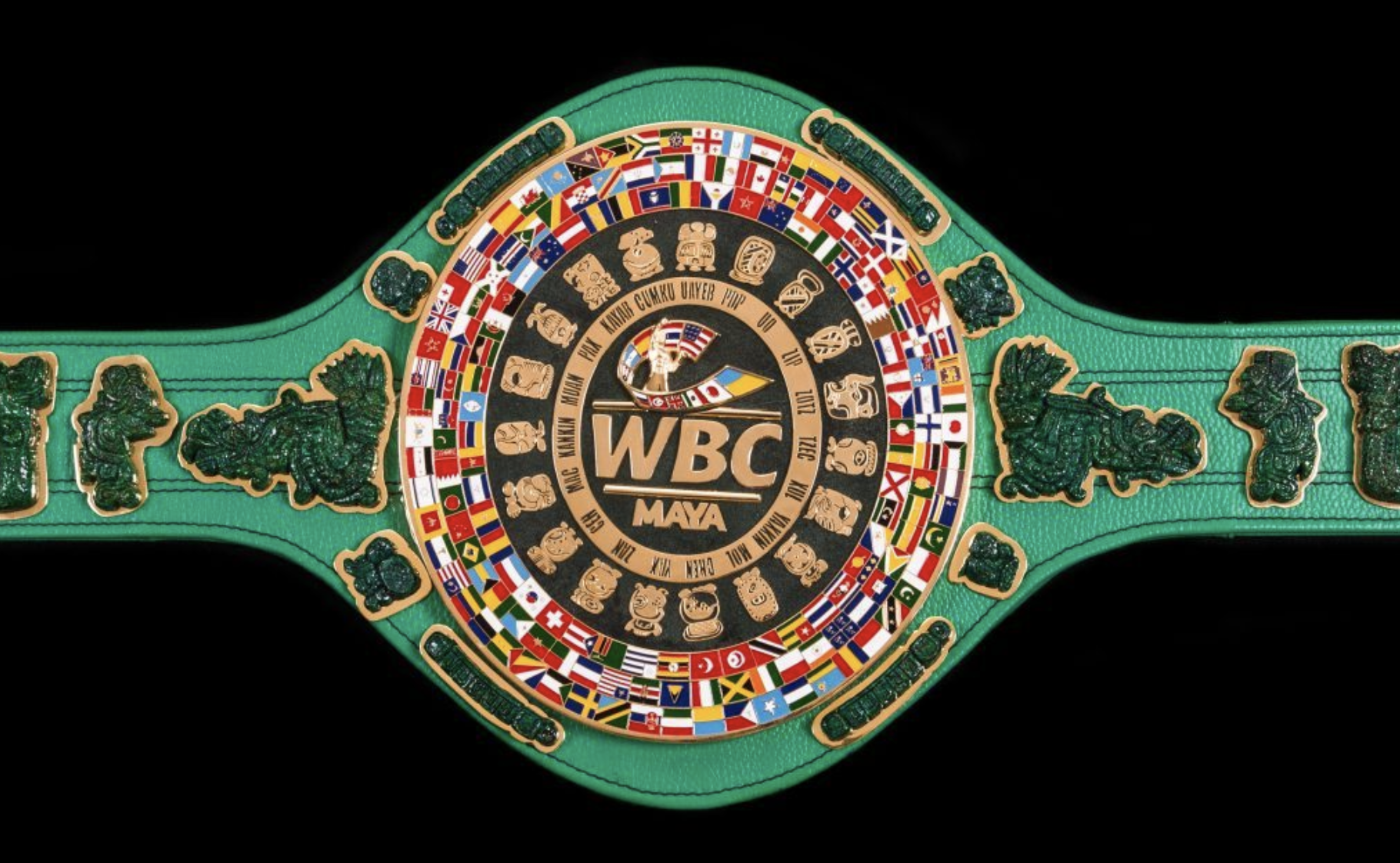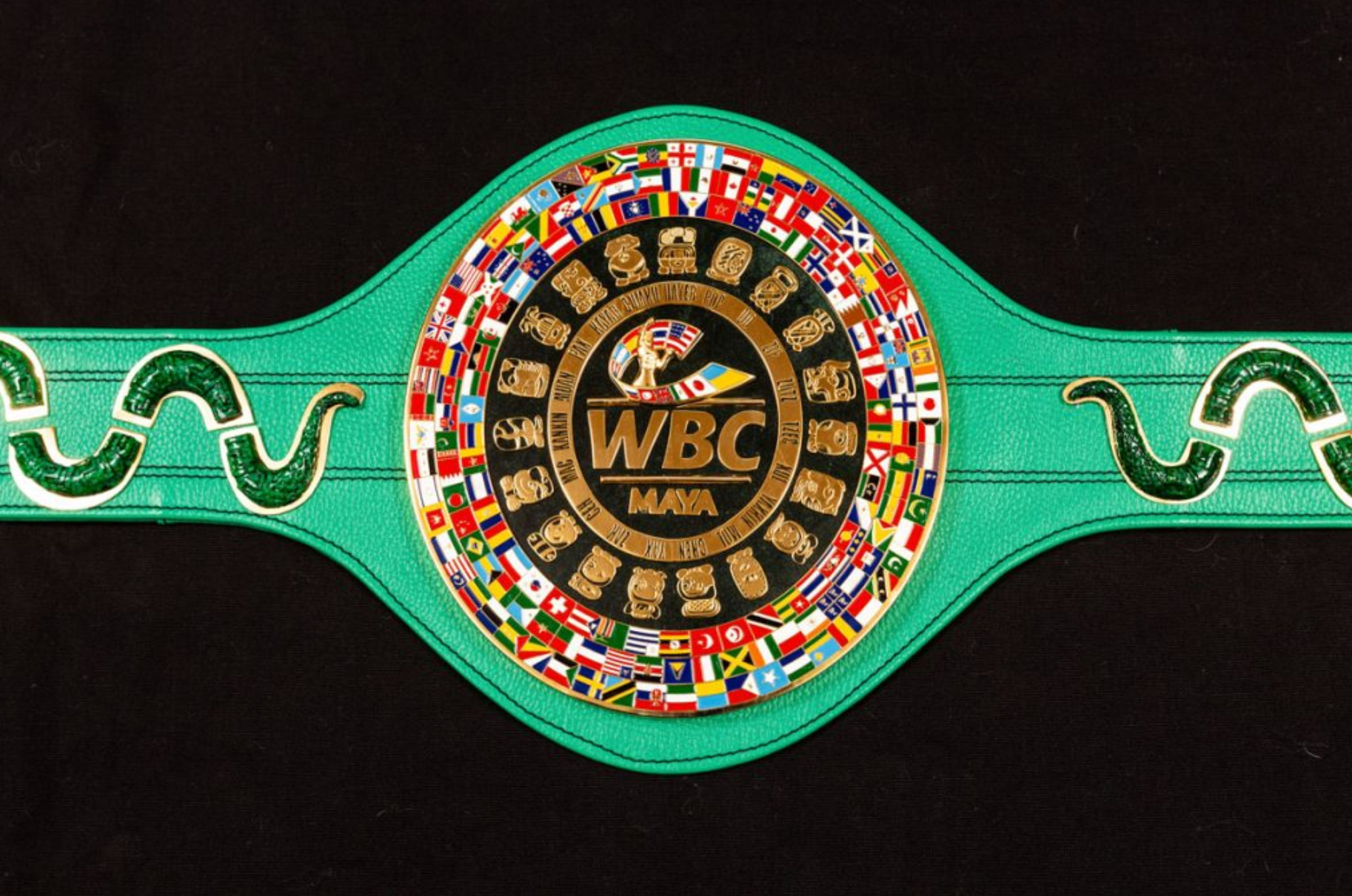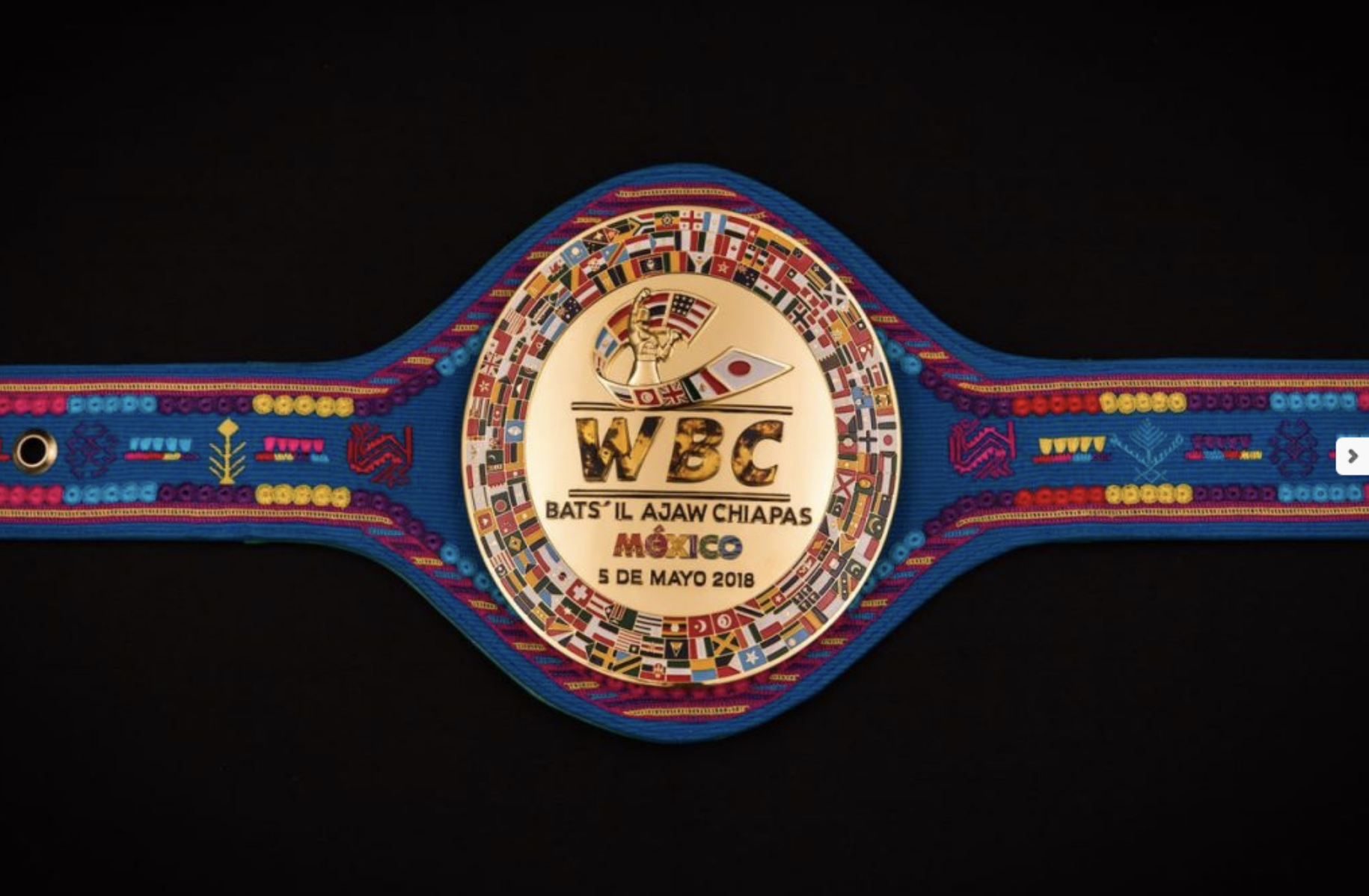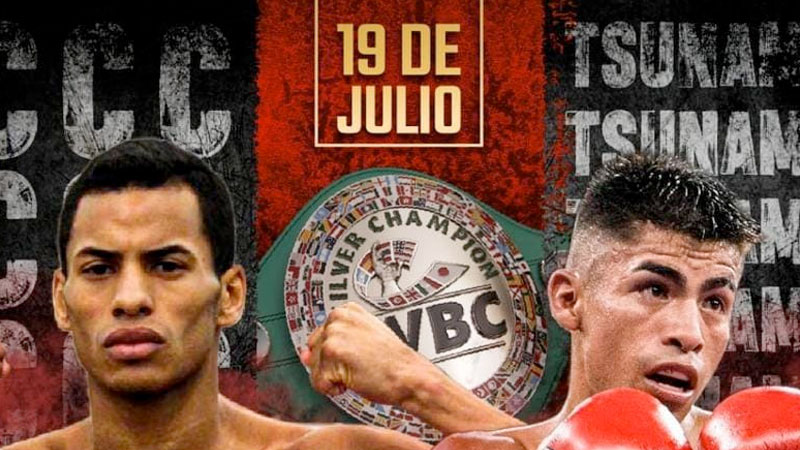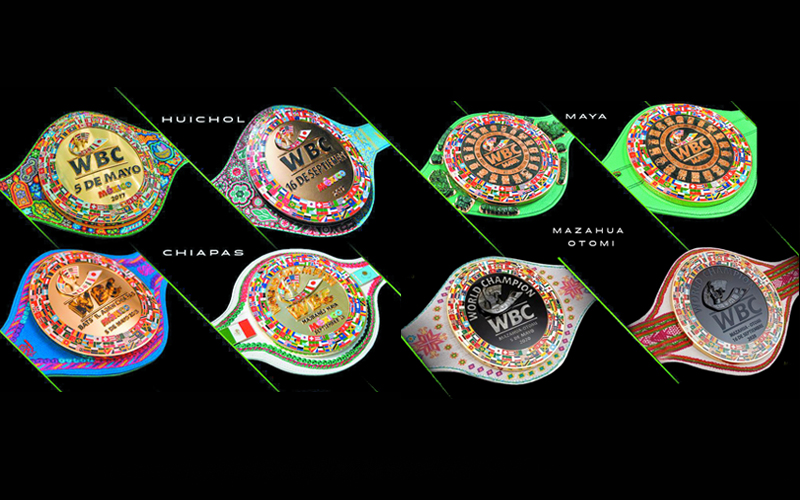
The Commemorative Belts
By Pepe Havok / Paulina Brindis¡
The World Boxing Council (WBC) introduced the commemorative belts of May 5 and September 16 in 2017 and, despite positive and negative opinions, the results are extremely pleasing.
Initially there was a lot of confusion over the various number of titles out there in professional boxing, and a lot of people had doubts about what more belts could mean for boxing fans and for those who were just getting close to the sport. The constant criticism is that there are many belts and many of us agree. It is difficult for the fans to have the WBC, IBF, WBO and WBA champions without counting all the other organizations that have their titles. However, we must understand the following points:
• Commemorative Belts are not titles. They are prizes that are won by the boxers who are victorious in the fights in the weeks of May 5 and September 16.
• The WBC present these belts instead of trophies because it gives artisans the opportunity to translate their ideas into the most important boxing icon and thus giving them greater media impact.
• These belts created a tradition for boxing by highlighting two seasons that are 100% boxing dates and that fans are eagerly awaiting.
It is salient to observe other sports that have a constant calendar year after year, with some variables; the Superbowl is always in February, the World Series are played in October and the Champions League in May. Now, on May 5 and September 16, boxing is reaching out at a whole different level, these are our dates.
Until now, we have 8 commemorative belts and a couple of weeks ago the creation of 2 more belts was announced, corresponding to the different ethnic groups that exist in the State of Mexico.
On April 22, the first of this series will be unveiled, called “Mestizo Belt” and will be contested on May 8 between Saul “Canelo” Alvarez and Billy Joe Saunders.
The WBC Commemorative Belts so far, are the following:
Huichol I belt
This artistic piece was made by Huichol origin people with the leadership of the artist Luis de la Cruz López, who gave life to this mystical piece where he created enigmatic worlds whose symbols are moons, suns, trees, labyrinths, spirals, mountains and cosmic oceans that appear expressed in the art, religion and customs of the Huichol culture.
Contested by Saul Alvarez and Julio Cesar Chávez Jr. “Huichol I” / May 6, 2017
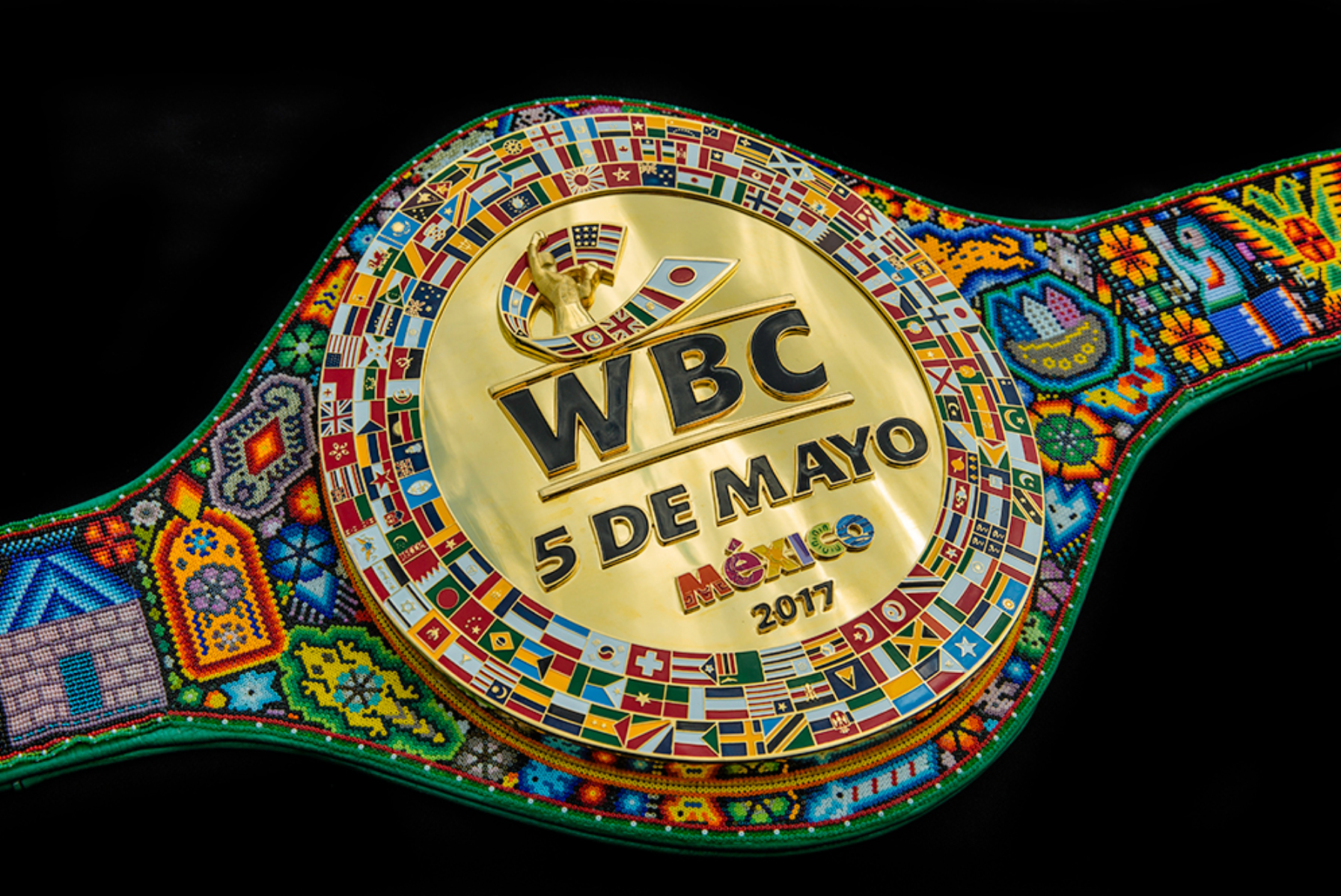
Huichol II belt
The monochromatic piece that has a very special value reflects the heritage of an entire culture that has remained intact through time, which shows us the importance of Huichol symbolism, The chakiras represent for this culture the heart of the deer, the sun, the fire and wind. Luis de la Cruz worked alongside his brother Sergio, seeking to capture the essence of Mexico and Kazakhstan, as well as representing the maize cycle as a symbolic date for the Huichols.
Contested by Gennady Golovkin and Saul Alvarez “Huichol II” / September 16, 2017
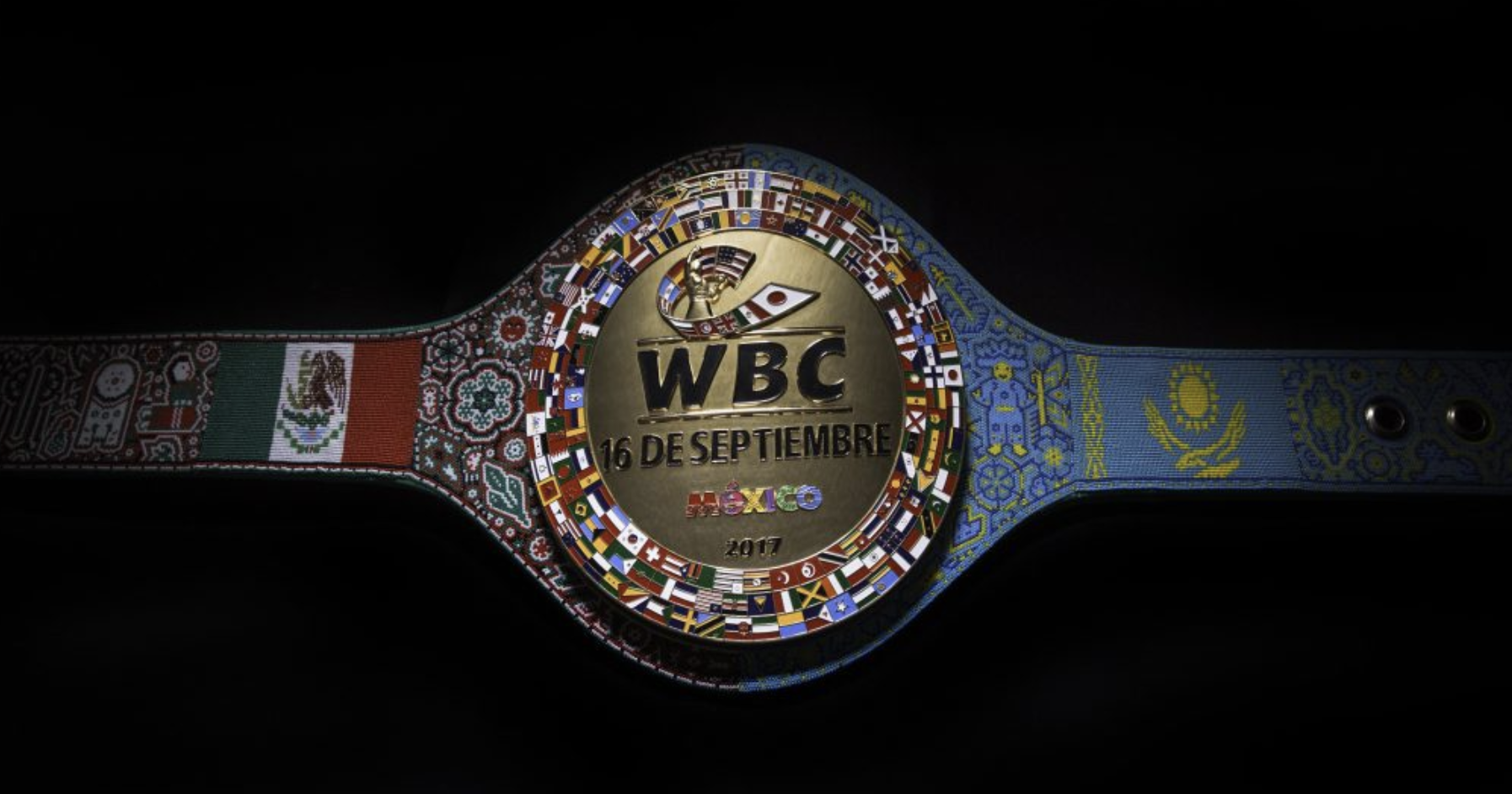
Maya I belt
The Mayan belt represents the leadership of the jaguar warriors seeking fame and recognition from Kukulkan, the deity that represents air and water, two of the most fluid elements in nature, such as the dance that takes place inside the ring of boxing.
This belt has 4 elements on the left side that represent the “Warrior”, “Jaguar”, “Leader” and “Fame”; while on the right side Kukulkan is represented. The belt plaque has the Mayan calendar, which is very important for the region as there is evidence of having been used throughout Mesoamerica.
Contested by Saul Alvarez and Daniel Jacobs “Maya I” / May 4, 2019
Maya II belt
This artistic work recognizes the Kukulcan God also called the Feathered Serpent; However, in this second edition we can observe the movement of the serpent that represents the joys and difficulties in human life.
Contested by Tyson Fury and Otto Wallin “Maya II” / September 14, 2019
Chiapaneco I belt
The “Bats’il Ajaw Belt” which means “True Hero”, was designed by Chiapas artisans who in each embroidery sought to imprint the symbolism of this culture through iconic figures such as the serpent, earth and fertility. This first edition was designed with blue colors where the most representative symbols of this culture predominate.
Contested by Gennady Golovkin and Vanes Martirosyan “Chiapaneco 1” / May 5, 2018
“Chiapaneco II” belt
The second edition of this belt includes the name of “Majbanéj-Maya”, a Mayan Tzotzil word that means “Mayan Warrior”. Its design represents power, strength and courage, the corn symbol of creation, the flower that represents beauty and life. In this version, the color white predominates and details such as corn, jaguar and flowers, predominant symbols of the culture, can be observed.
Contested by Gennady Golovkin and Saul Alvarez II “Chiapaneco II” / September 15, 2018
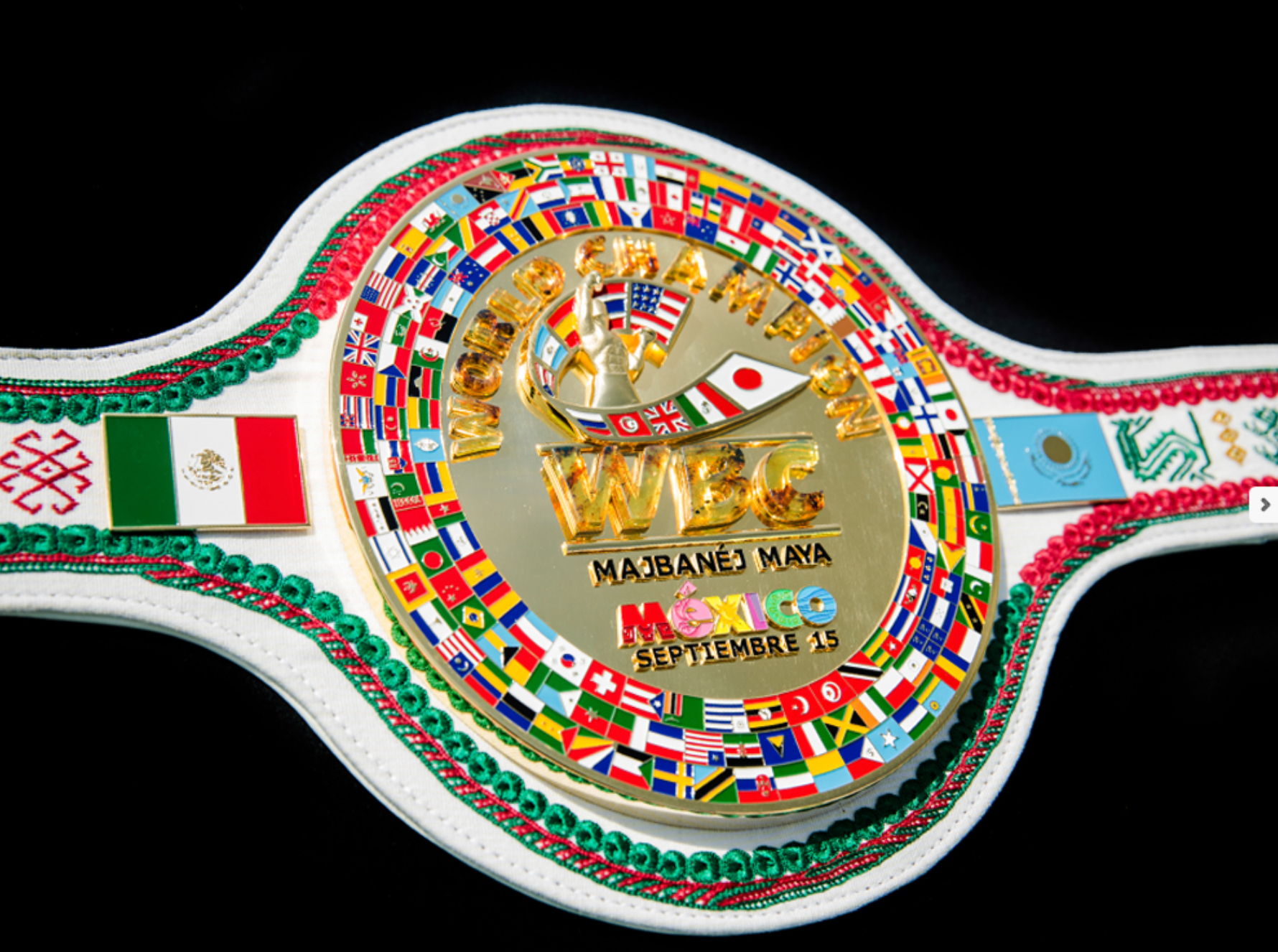
“Mazahua” belt
This belt was dedicated to the Heroes of Humanity, as a symbol of recognition for the pandemic which has changed the world. Its purpose is to remember and to honor all those who fought with all their hearts to save many lives and give faith and hope to all.
The belt is a piece of popular art from the State of Mexico, the result of the synergy between design and Mexican embroidery, created by the creative hands of Angelica and Lilia Reyes Martinez.
The colors represent the harmony based on the love and affection of the family, the diversity, the fertility of the valleys; inspiration to protect women’s rights and freedoms; the future, the desire and the willingness of young people. The plaque of the belt is formed by an obsidian mirror from Teotihuacán as a smoking mirror where you can see the God Tezcatlipoca, emblem of his warrior dedication, fortress for battle and symbol of night power.
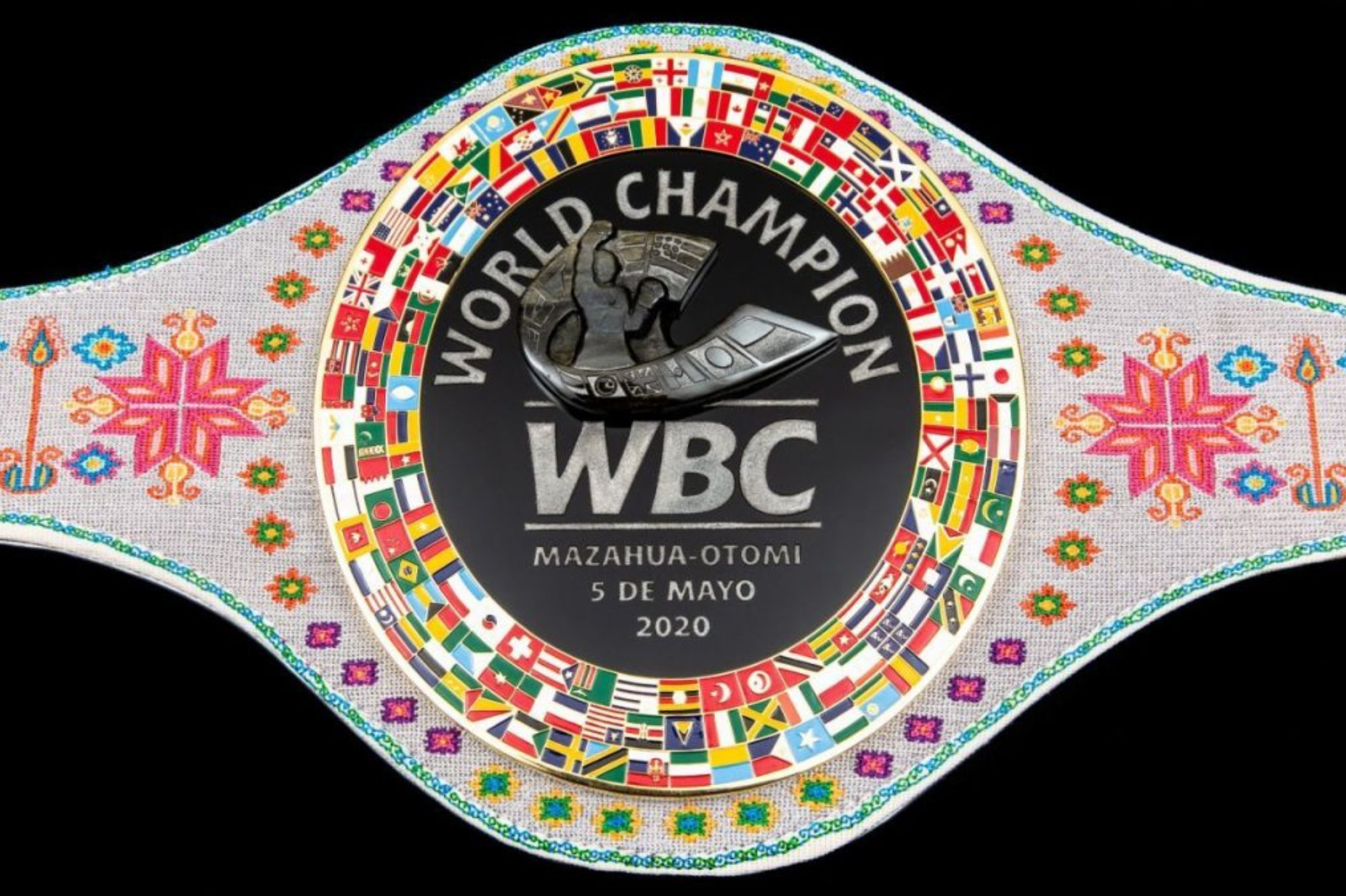
“Otomí” belt
The State of Mexico and the Rubico Art Gallery presented a unique piece embroidered by hand by the artisan Reyna Rayon, which reflects through its colors and symbolisms the most important values of this ethnic group, which are love, family unity , equality, tolerance and opportunities.
A handmade jewel that the Rubico Art Gallery complemented with a masterful obsidian stone, this being the heart of the belt.
Contested by Julio Cesar Chavez and Jorge Arce.
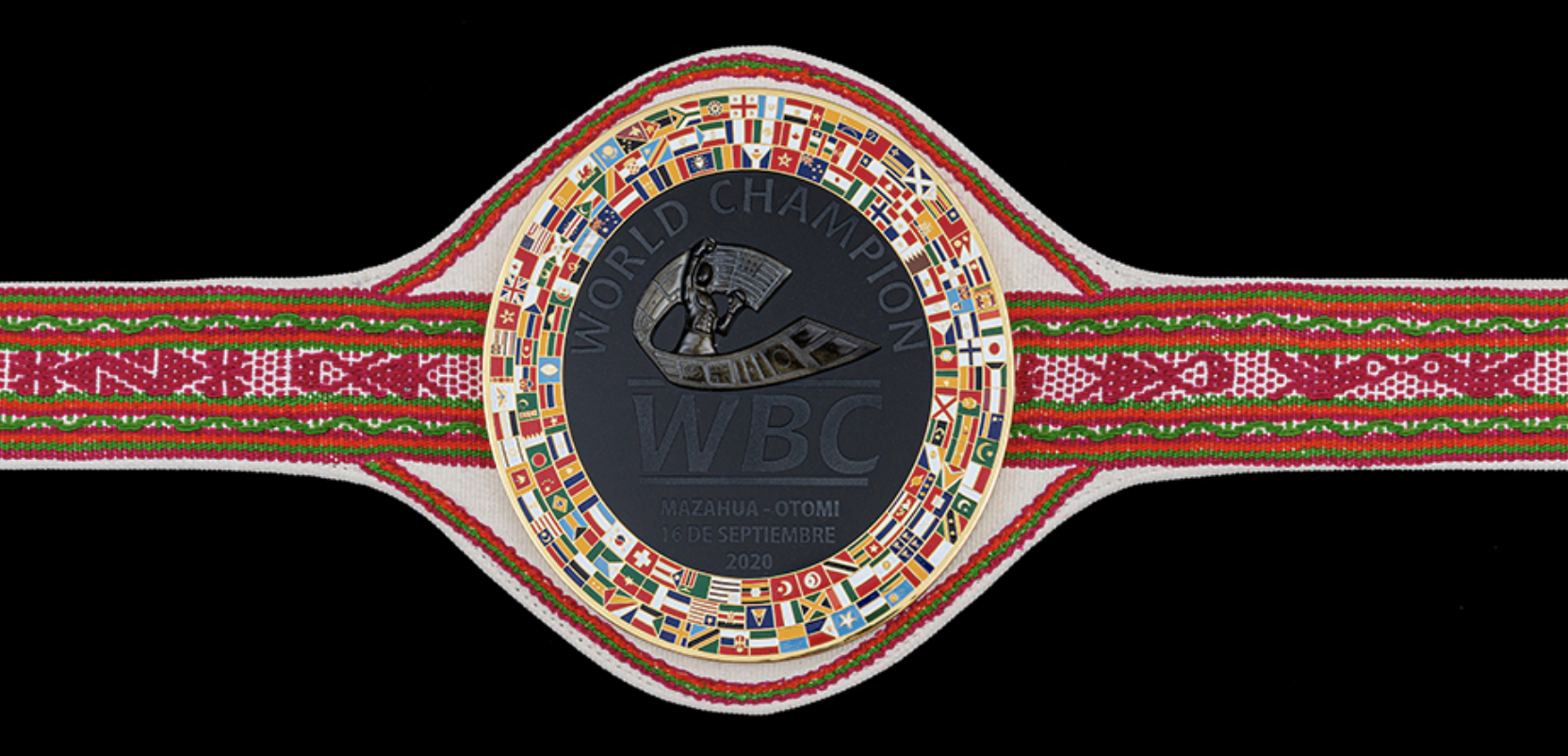
![]()
Related posts
test

